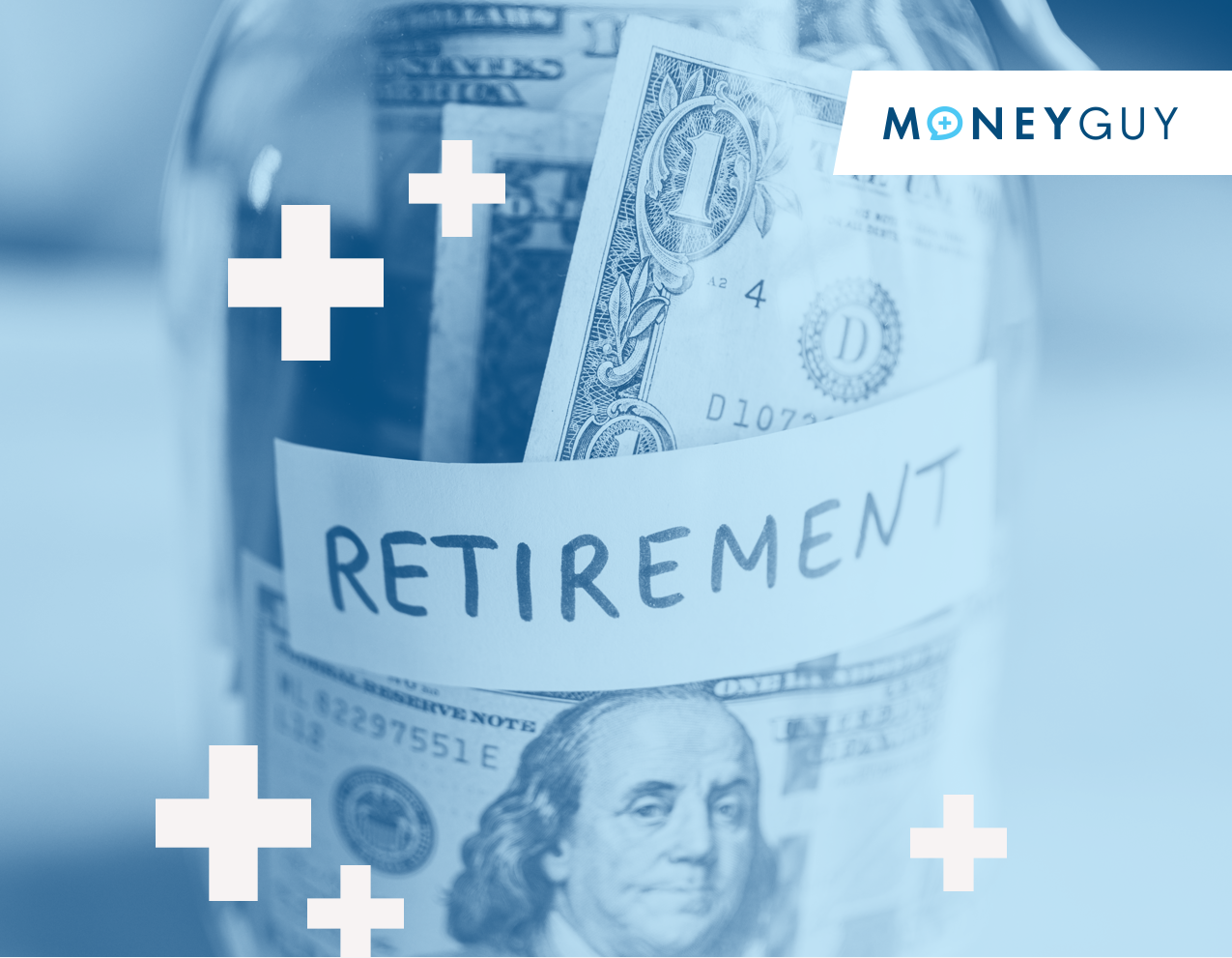FinnWhiz91 has a question for you. This is the first year my company is offering the Mega Backdoor Roth, and my plan is to use my bonus to mostly fund the excess space. Any considerations I should be aware of given this is all new to me?
Alright, considerations bro. Why don't I talk a little about what the Mega Backdoor Roth is for folks who aren't familiar with that. So here, in a nutshell, is what the Mega Backdoor Roth is: it means that you work with an employer that when you go to look at your 401(k) contributions, not only can you do pre-tax contributions, and not only can you do Roth contributions, but there's a third contribution type called after-tax contributions. And it's exactly what it sounds like. You put the money into that bucket, but it's after you've paid tax on it. Well, a lot of people don't realize the salary deferral limit of $22,500 only applies to the pre-tax bucket or the Roth bucket. It does not apply to the after-tax bucket. So, for folks who are higher income or have the margin to be able to save, not only can they max out their seller deferrals, but they can also start putting money into that after-tax bucket.
Well, the way that it normally works is the money goes in after tax, it grows tax-deferred, and then when you pull it out, you would pay taxes on the earnings, and then your contributions, your basis, would come out tax-free unless you work with an employer that will allow in-service distributions. And one of the great planning opportunities you can do is you can fund the after-tax portion of the 401K, and then once a year, twice a year, depending on the cadence you do, you can then go request an in-service distribution. And you can roll that amount directly into your Roth IRA. So, it's a way, instead of only being able to contribute $6,500 or $7,500 into a Roth IRA, you could actually contribute $30,000-$35,000 into a Roth IRA on an annual basis by using the Mega Backdoor. And a lot of plans we've also noticed to start allowing in-plan conversions, sure you don't even have to do the distribution out, they've actually started allowing in-plan conversions. That's a great way that makes it even easier.
Here's the big thing to pay attention to though because Finn was like, "What's the catch? This sounds great." I mean, because Roth is tax-free. I remember last time we did a show on this. There's a reason I was talking about apex predator status because Roth assets just sit on top of the food chain because they're so great for legacy planning, they're so great for retirement. There's a reason the government restricts how much you can put in these tax-free growth accounts, but here's where the catch is. You've got to be careful that you don't crowd out the employer's money because you know the government, you have your salary deferral for 2023. You can do $22,500. If you're 50 and over, it's $7,500 on top of that. But then in addition to that, there's this background number, and Bo, you know, we ought to get the team to give us one of those cool little laminated sheets. Yeah, because it's not 58, what's the actual number? I think it's $62,000 this year.
So there are limits to the government that let you put into these employer plans, but they make you group all of the contribution types: the salary deferrals, the employer match, the profit sharing. They all kind of get grouped in together, so if you're funding in, yeah, so if you're putting in $22,000, you can quickly see that leaves $44,000 for the employer to fund. You just want to be careful that you don't go put in a big chunk of money into this backdoor Roth because guess what? The thing is structured is if you put in enough money that it actually crowded out where your employer would exceed their contribution, it would actually exceed that annual threshold limit. You just foregoed it. The employer gets like, "hot diggity dog, I just didn't have to give that to that employee." So be careful of that. And then the other reality is, pay attention to the three buckets. When I talk about three buckets, I'm talking about your tax-free accounts, your after-tax like your brokerage accounts, whether it's individual or joint. That's just your after-tax investment account, and then your tax-deferred account. Because I've seen a lot of people, because you're getting through steps because this really does fall into a step six or seven on the
Financial Order of Operations, I don't want you to be able to, I don't want you to be so cash poor, meaning you have no liquidity that you have all these retirement accounts but you actually can't afford to go pay cash for a car if you're trying to buy a nicer vehicle or you have trouble with if you had a big medical expense or I don't know, you just need to be careful that you still have access to liquidity. So pay attention to where the three buckets are for both your current life but also your future life because we're planning not only for the future, we're planning for today, and it requires some balance and planning.
The only last thing that I'll throw on top of this because we have a lot of clients we help perform these transactions, they're not like the logistically most easy smoothest transaction because a lot of times what will happen is you'll call your 401k provider, you'll request the in-service distribution, but they can't just send out the basis. They'll have to send out your after-tax contributions plus any applicable earnings. Well, if you're truly trying to do this in the tax-free way, which is the way that we like to do it, then you have to think about multiple account movement. You have to send the earnings to one type of account and then you have to send the after-tax portion to another type of account. And then if you're also perpetrating regular backdoor Roth contributions and you got to move some money back into the 401K, so there's like a flow chart where it gets fairly complicated. If you're someone who's thinking about doing this, thinking about implementing this strategy, this may be an indication that you're at the point where it might make sense to take the relationship to the next level.
Want to know what to do with your next dollar, you need this free download:
the Financial Order of Operations. It’s our nine tried-and-true steps that will help you secure your financial future.














